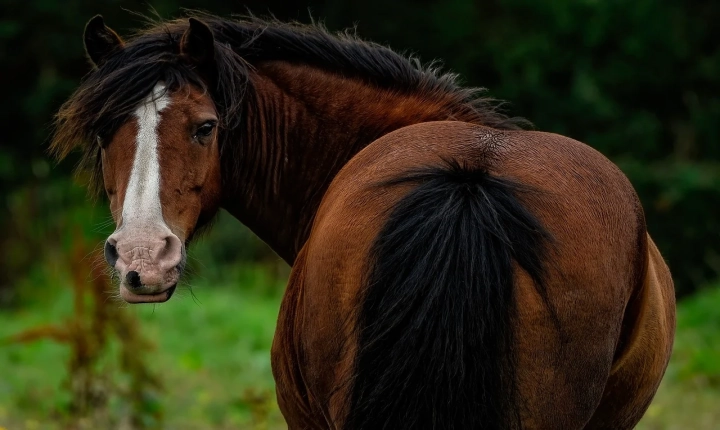Title: How AI can learn to generate pictures of cats
Artificial Intelligence (AI) has made significant strides in the field of image generation, particularly when it comes to creating realistic images of objects and animals. One area where AI has excelled is in generating pictures of cats, a popular subject for digital artists and cat lovers alike. The process of teaching AI to generate pictures of cats involves using a combination of machine learning techniques and large datasets of cat images.
One of the key approaches to teaching AI to generate pictures of cats is through the use of Generative Adversarial Networks (GANs), a type of machine learning model that consists of two neural networks, a generator and a discriminator. The generator is tasked with creating images that resemble real cat pictures, while the discriminator is trained to differentiate between real cat images and those generated by the generator. Through a process of iterative refinement, the generator learns to produce increasingly realistic pictures of cats, while the discriminator becomes better at identifying the differences between real and generated images.
To train the GAN, a large dataset of cat images is required. This dataset will contain thousands, if not millions, of diverse cat images, including different breeds, poses, and backgrounds. This diversity is crucial for teaching the AI to generate a wide range of cat pictures, making the resulting images more versatile and realistic. The dataset is fed into the GAN, and the model is trained through multiple iterations, with the generator adjusting its output based on the feedback from the discriminator.
Another important aspect of teaching AI to generate pictures of cats is the use of transfer learning, where a pre-trained model is adapted to a specific task. In this case, a neural network that has been previously trained on a large dataset of images can be fine-tuned to generate cat pictures. This approach can significantly reduce the amount of data and computing power required for training, as the model has already learned to recognize and generate basic features found in cat images.
As the AI model is trained, it learns to capture the visual characteristics of cats, such as fur texture, facial features, and body proportions. The model also learns to generate images that exhibit various cat traits, such as playful or sleepy expressions, different coat patterns, and unique markings. Through the combination of training methods and large, diverse datasets, the AI can gradually produce cat pictures that are increasingly indistinguishable from real photographs.
The ability of AI to generate pictures of cats has many practical applications, ranging from digital art and entertainment to virtual pet simulators and educational tools. For artists and designers, AI-generated cat pictures can serve as a source of inspiration and reference for creating new artwork. In virtual environments and video games, realistic cat images can enhance the user experience and create more immersive simulations of feline behavior. Additionally, the ability to generate lifelike cat pictures can be valuable in educational settings, where it can aid in the study of cat anatomy and behavior.
In conclusion, the process of teaching AI to generate pictures of cats involves a combination of machine learning techniques, large, diverse datasets, and iterative refinement. Through the use of GANs, transfer learning, and specialized training, AI models can learn to produce realistic and diverse cat images. The applications of AI-generated cat pictures are wide-ranging, from art and entertainment to education and virtual environments. As AI continues to advance, the quality and diversity of generated cat pictures will likely improve, opening up new possibilities for creative expression and technological innovation.
